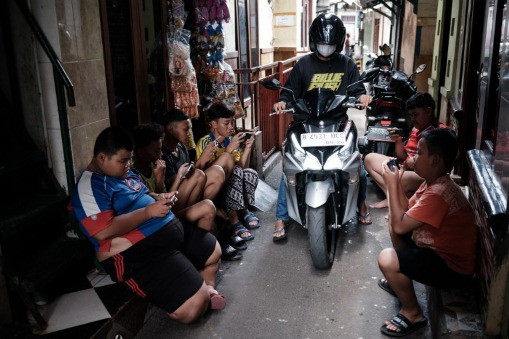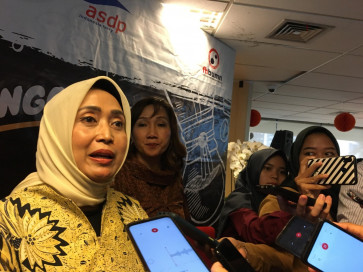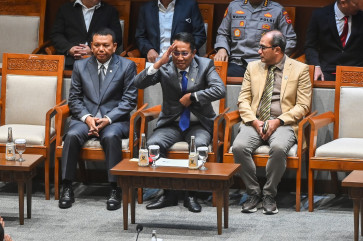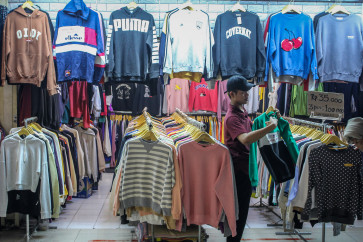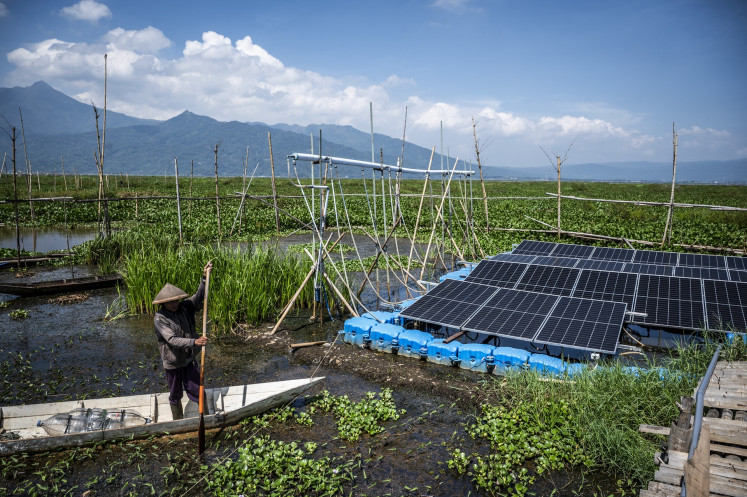Popular Reads
Top Results
Can't find what you're looking for?
View all search resultsPopular Reads
Top Results
Can't find what you're looking for?
View all search resultsBaby steps: Indonesia’s progress in online child protection regulation
Because of the absence of clear guidelines on what constitutes "strong evidence" of children's regular access to a platform, predicting whether a platform will ultimately be classified as “likely to be accessed and/or used by children” remains challenging.
Change text size
Gift Premium Articles
to Anyone
I
n honor of National Children’s Day, it is necessary to address a pressing issue: child protection in the online world. As the age of internet penetration gets younger by the day, safeguarding children from online risks requires measures beyond screen time limitations.
Children need heightened protection from the four "C"s of online risks: content (i.e. harmful content), contact (i.e. interaction with unwanted parties), conduct (i.e. participation and/or exposure to harmful actions) and contract (i.e. engagement in harmful contracts, such as excessive data usage).
Fortunately, this issue has become a prominent focus for policymakers in many jurisdictions, including Indonesia. This year, the government has released a draft government regulation on child protection in the operation of electronic systems. This draft regulation is set to further regulate the child online protection provisions recently added in the second revision of the Electronic Information and Transactions (ITE) Law.
The draft regulation suggests that the child protection requirements will apply to private electronic system providers that develop and/or operate online products, services, or features — whether for profit or not — that are designed specifically for children or are likely to be accessed and/or used by children. While the scope of the first category is relatively clear (e.g. children's education apps), more clarity may be needed to determine one for the second category.
The draft regulation provides five specific qualifications that could be used as indicators in deciding whether a platform falls within the ambit of “likely to be accessed and/or used by children”. However, there remains uncertainty regarding how these indicators will be assessed and by whom.
One of these qualifications is whether there is strong evidence of regular access by children to the platform. Take, for example, a popular social media platform known for its wide user base across different age groups.
While such a platform may not be designed exclusively for children, if there is substantial data indicating that children regularly access and use it, this would suggest that the platform falls within the ambit of being accessed by children.

